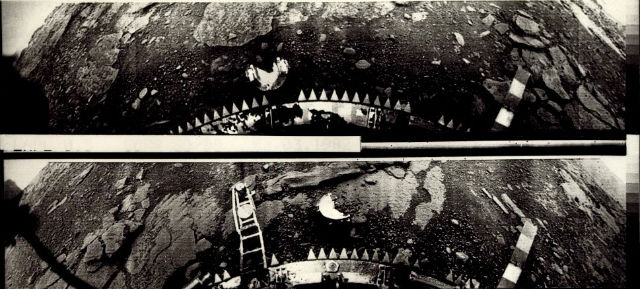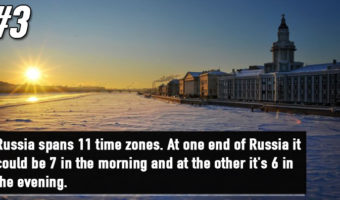The Soviets landed a spacecraft on Venus and took pictures of the surface.
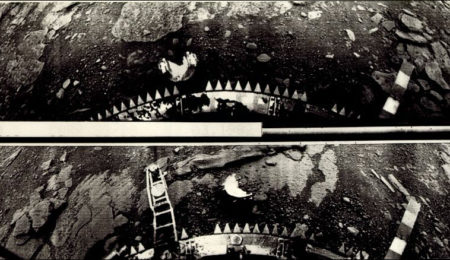
Most of the information about Venus has been derived from the intensive Soviet study of the planet. The only existing images from the surface were returned from four of their landing craft. The Soviets attempted to send photo-television cameras to Venus in 1952 and 1965. Unfortunately both these attempts failed. The first successful Lander which could take photographs was the Venera-9. Among others to land on Venus are Venera-10, Venera-11, Venera-14, Venera 15 and 16, Vega-1 and Vega-2. It clearly seems that the intensive Soviet study of the planet brought fruitful results and is an aid to further research on the planet.
One of the Soviet ships that landed on the surface of Venus is Venera-13. The descent module of Venera-13 landed on the surface of the planet on March 1 1982. Unlike the Venera 9/10 system, Venera  13 consisted of two optical-mechanical cameras which , at a higher resolution repeatedly scanned 180° or 60° through clear and colored filters. This camera system had been developed by A.S. Selivanov’s team at the Institute of Space Device Engineering. The main spacecraft, on a flyby trajectory had remained in radio contact with the lander for 127 minutes and had relayed the video to Earth as a phase-modulated digital signal, at 9 bits per pixel.
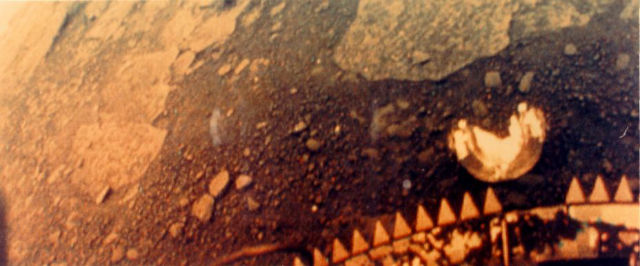
The Venera landers transmitted digital images with a depth of 9 bits and an approximately logarithmic encoding of photometric brightness. The camera scanned multiple panaromas, some of them included red, green or blue glass filters in place. The entire transmission had been a quick process and hence had been relayed to Earth in real time and also been replayed from digital tape recordings on board the Venera spacecraft. As a result, the reconstruction of an almost noiseless version from multiple transmissions became possible. An accurate conversion of that encoding to linear brightness has been derived, using calibration information included with the images.
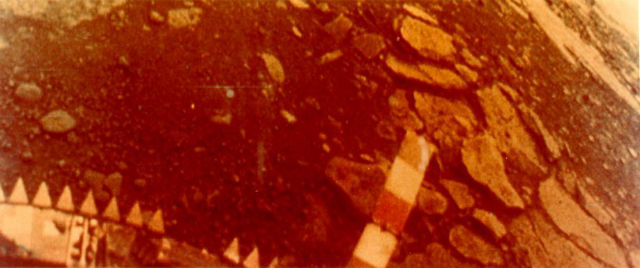
The Venera panoramas are spherical projections. They could be remapped to perspective projections and over laid (using Adobe Photoshop CS2) to produce views that can give a better subjective impression of the surface of the planet. Though the original Soviet versions of these images had a full panorama from clear-filter images, and color panoramas from the red, green and blue-filter images and since the images were much darker, the signal to noise had been poorer for color images.
Here are some more photographs, you might want to take a look!
 [SOURCE: mentallandscape.com]














